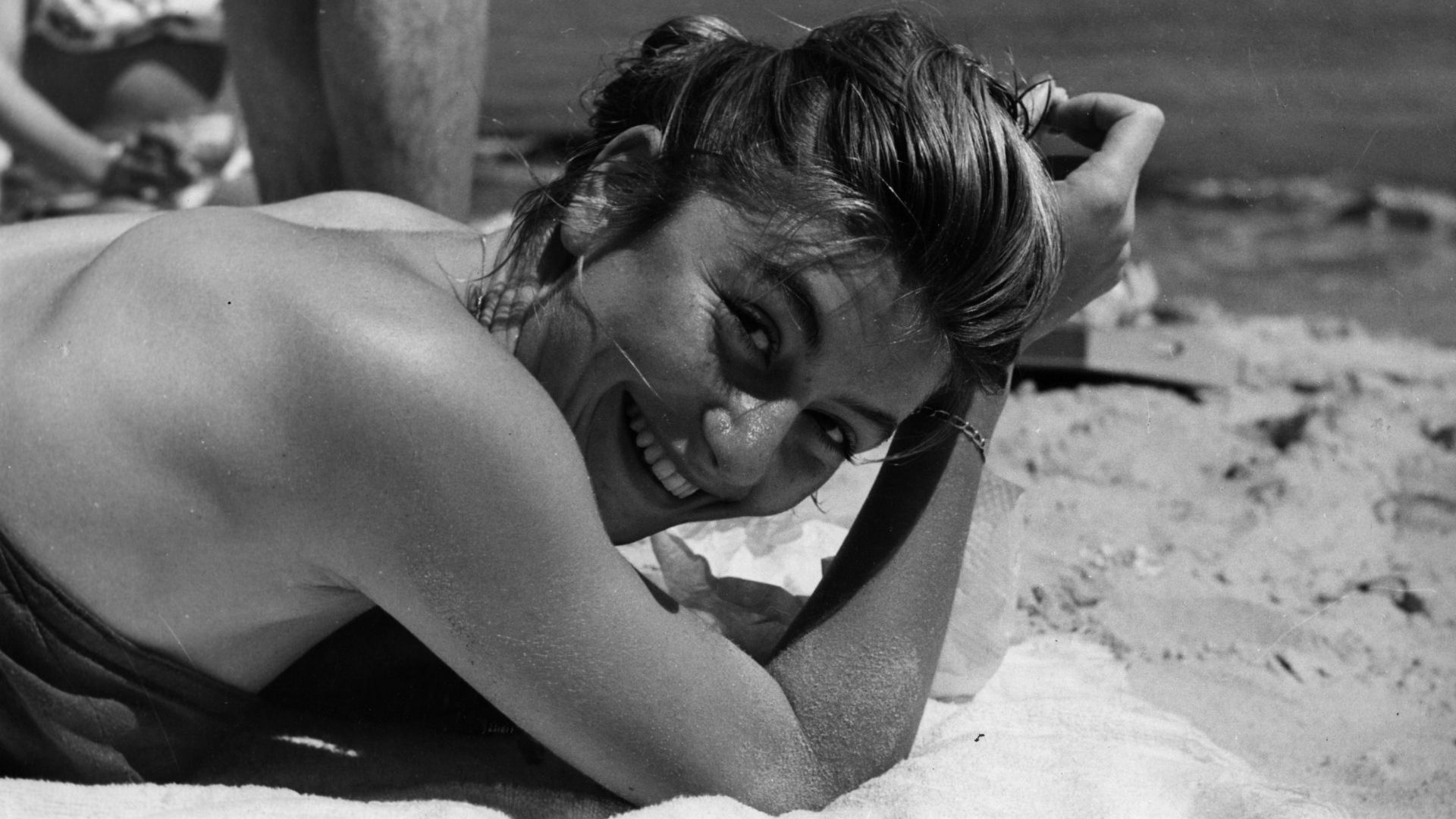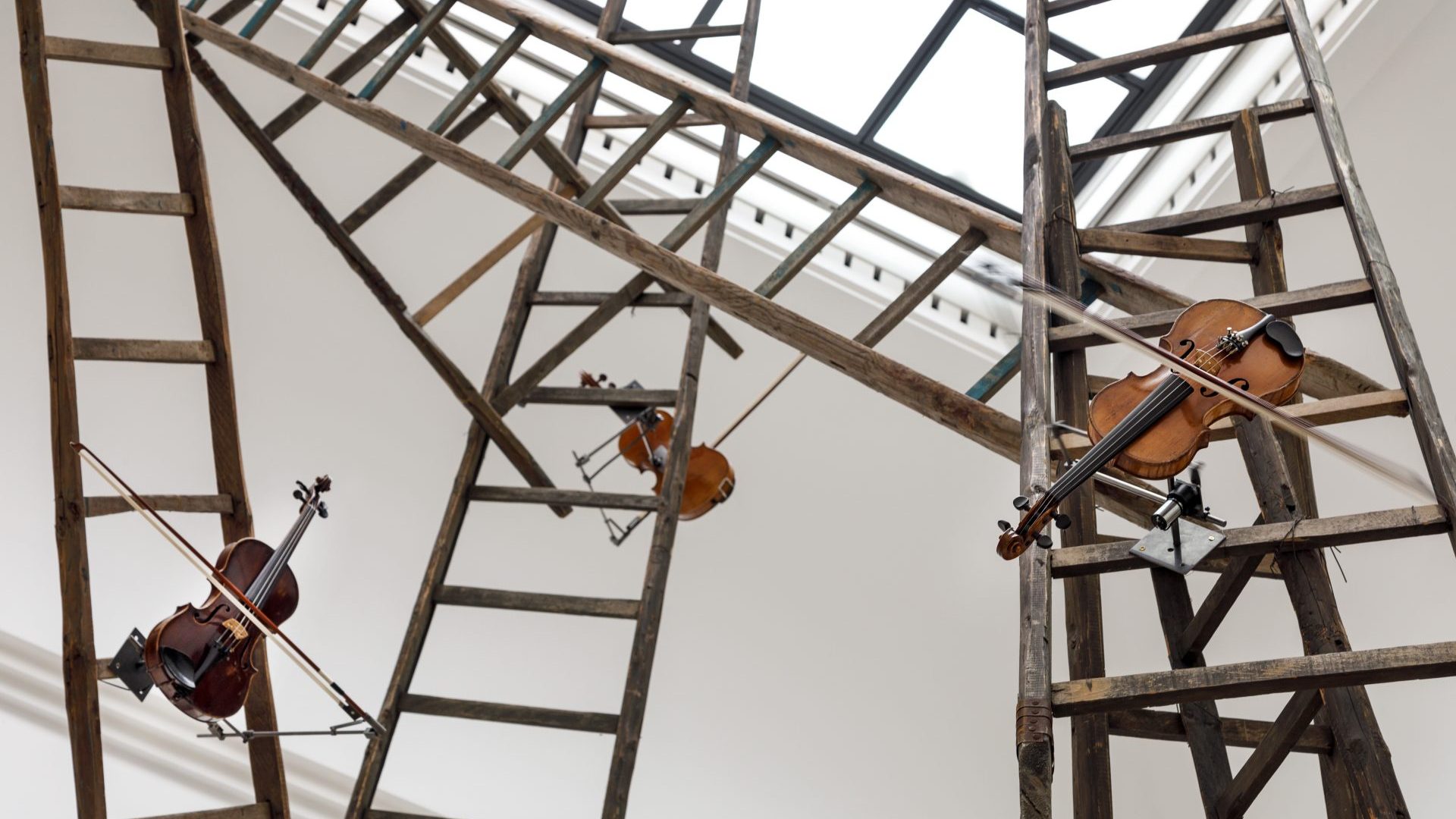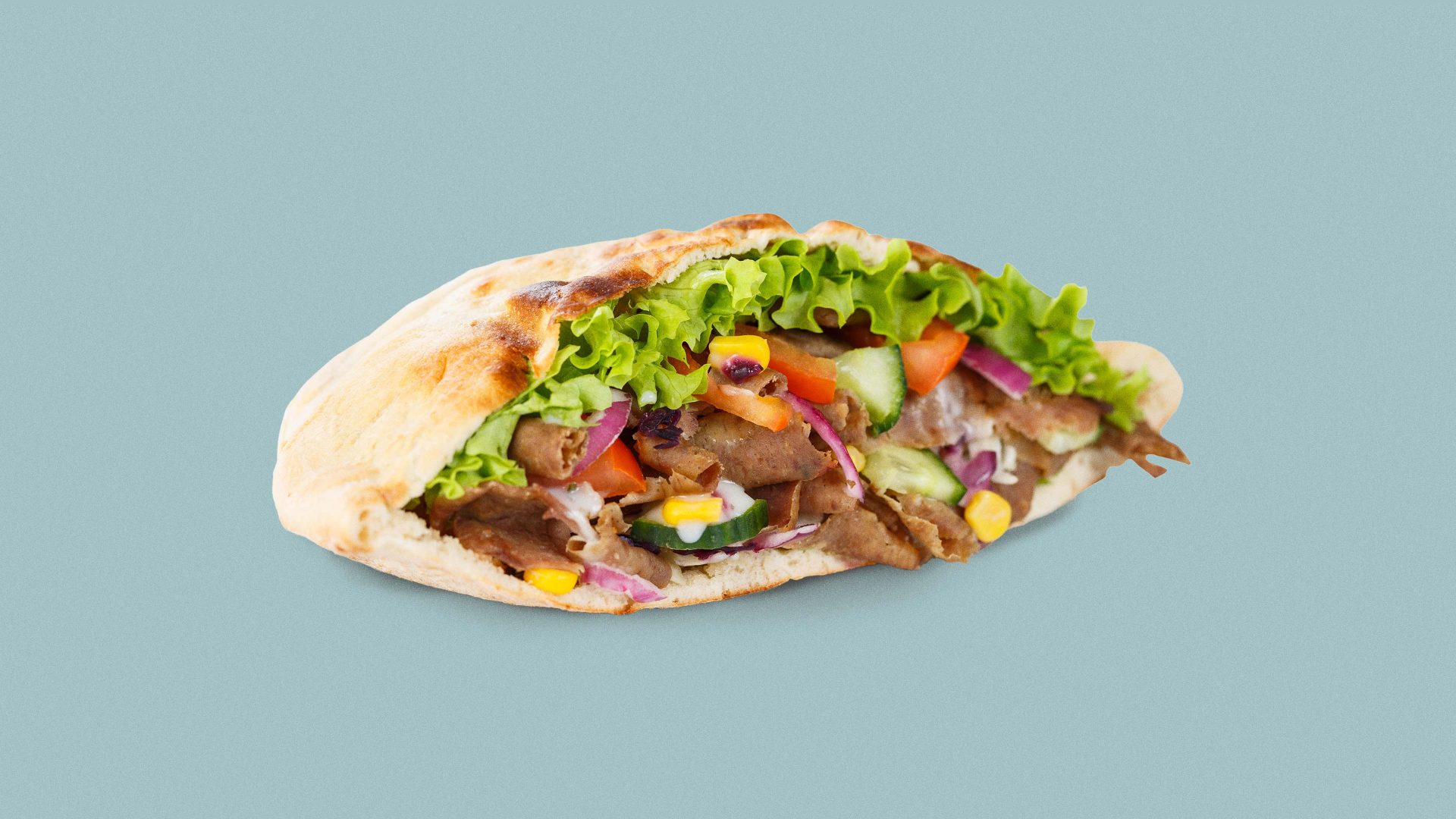As the stage surname she was given suggests, she was much loved. It was the poet, screenwriter and lyricist Jacques Prévert who thought she should be dubbed “Aimée”, spotting her potential on only her second film. “Everyone loved her,” he explained.
Born Françoise Dreyfus, she’d taken that first name from the character she played in her debut film at the age of 14 – Anouk Aimée was the desirable but fading showgirl Lola in Jacques Demy’s wonderful 1961 film and the listless socialite Maddalena who seduced Marcello Mastroianni’s suave Roman gossip reporter in La Dolce Vita. Her Lola danced and sang, carefree but classy, in a basque and fishnets and seduced a generation. She came to symbolise French bohemian sexuality just at the time an air of feminist liberation swept through Europe partly driven by the characters in its cinema. However, in contrast to the curves and sunniness of Bardot, her appeal was more enigmatic, reserved, her passion tempered by an air of melancholy that never seemed to leave her, her dark eyes on the verge of tears.
Her wistful beauty was put to use most iconically in 1966’s A Man And A Woman (Un homme et une femme), which became a poster film – and theme tune – for the sophistication of the French New Wave. It won the best screenplay Oscar for its director Claude Lelouch, and Best Foreign Film. Her performance as Anne Gauthier earned Amiée herself an Oscar nomination, the first actress ever to do so in a French-speaking role. She lost out to Elizabeth Taylor in Who’s Afraid of Virginia Woolf?
Anne Gauthier was the role to which she would return twice more, along with her co-star Jean Louis Trintignant. Both played recently-widowed characters, and Anne, still grieving while falling for Jean-Louis, came to symbolise the interior romantic melancholy of many French women, torn between duty and love, between respect and self-fulfilment. With Anne, it has been said that she created a new kind of femme fatale, one who led her own emotions astray, who tore herself to pieces.
The film, in which Trintignant plays a racing driver, fittingly won the Grand Prix at Cannes and although it was never taken as seriously by critics as the works of, say, Godard or Truffaut. The film became a big international hit and the one to pastiche, with its mix of film stocks, colour and black and white, its driving scenes and beaches and, of course, its soundtrack which, perhaps more than anything, practically became Aimée’s theme tune. She eventually married composer Pierre Barouh who wrote the lyrics to the theme tune.
Written by Francis Lai, the softly scatted lyrics of the chorus became vernacular, a word for male and female relationships: “du chabadabada”. Announcing her death with one of many hauntingly beautiful photos, the front page of France’s Libération merely bade her farewell with a single word: “Chabadabadieu”.
According to Fellini, who always claimed to have launched her career with La Dolce Vita and 81/2, Anouk was one of cinema’s most classic figures. “She belongs to the great faces of cinema,” he said. “Her face has the sensuality of Garbo, Dietrich and Crawford, the screen queens of mystery. She’s the kind of woman who worries you to death.”
Born in Paris in 1932, to actor parents, she was educated in the Rue Milton and recalls, at the age of 10, being pointed out as Jewish by her classmates. She burst into tears and the Gestapo officer in charge of rounding up Jewish children took pity on her and returned the child to her grandmother, who was Catholic. Only years later did Aimée re-affirm her Jewish roots with a full conversion, something she brought to the fore in her unusually emotional performance in the Holocaust survivor film The Birch-Tree Meadow, from 2003.
She was not prolific but amassed over 70 film roles in a career that took in Spain, Italy, Germany, the UK and Hollywood. Like her co-star Trintignant, she would need to be persuaded on to the screen each time, being well-known in Paris but respected as a reclusive figure who lived up in Montmartre with her cats. Spotting her out for a walk in the quartier would be a paparazzo past time. “I would like to be a ghost,” she once said. “But a very gentle one.”
As her film appearances became scarcer over the years – she quit the screen altogether when married to Albert Finney from 1970 to 1978 – each return was greeted with reverence by a public who’d come to idolise her elegant beauty and privacy and her sense of yearning. Her reunion with Trintignant, as Anne and Jean-Louis in 2019’s The Best Years, was practically a national event that brought the Cannes Film Festival to a standstill. It turned out to be the final curtain for both actors.
Her biggest triumph at Cannes came in 1980, when she won Best Actress for A Leap in the Dark, another of her signature roles, playing opposite Michel Piccoli as a jealous brother and sister in Marco Bellocchio’s family psychodrama. New York critic Pauline Kael said of Aimée: “She is usually strikingly beautiful and a little blank, not quite in contact. But she’s a magnificent camera subject and her remoteness fits the situation here.”
That was it with Aimée. She was even accused by some directors of not “really trying”, but for her, acting was a self-confessed love affair. “Cinema is like a meeting between lovers,” she said – is there anything more French that could ever be said?
Dirk Bogarde, the British actor who had a house in France and who knew Anouk since she was 15, one declared: “She is never so happy as when she is miserable between love affairs.” And she was said to have had quite a few, with Omar Sharif – with whom she starred in Sidney Lumet’s flop The Appointment in 1969 – Warren Beatty, director Elie Chouraqui as well as writers Jean Genet and Jean Cocteau, both of whom were gay.
One of her lesser known triumphs was on the stage, performing and touring A R Gurney’s Broadway staple Love Letters, between 1990 and 2014, partnered variously by Bruno Cremer, Trintignant, Philippe Noiret, even Alain Delon and Gerard Depardieu.
She returned to the big time, briefly, for Robert Altman in Pret-A-Porter in 1994, sending her models out for a naked catwalk show – but it was hard to shine in that film, even if it reunited her with Mastroianni for a moment. Coming hard on the heels of the death of Françoise Hardy, her passing is another shock for Paris, another light gone out before the Olympic torch arrives.
I will remember Anouk Aimée dancing and singing in the cabaret as Lola, and smoking so distractedly in La Dolce Vita. I will have chabadabada, chabadabada in my head all week. And I will remember her, too, in Demy’s cool American curio Model Shop, which has a great 1969 look and a cult following – its influence can be seen in both Tarantino’s Once Upon a Time in Hollywood and Greta Gerwig’s Barbie.
But mostly, I’ll never forget stopping to see her on the red carpet at Cannes in 2019, watching her slowly walking up the red steps with Trintignant beside her in a fedora, the pair leaning on each other for support and turning round to look, as if for a last time, at a scene they’d both graced so many times and through so many eras, their movie roles from all those years ago still enduring, the simplest story in all cinema, really: a man and a woman.




